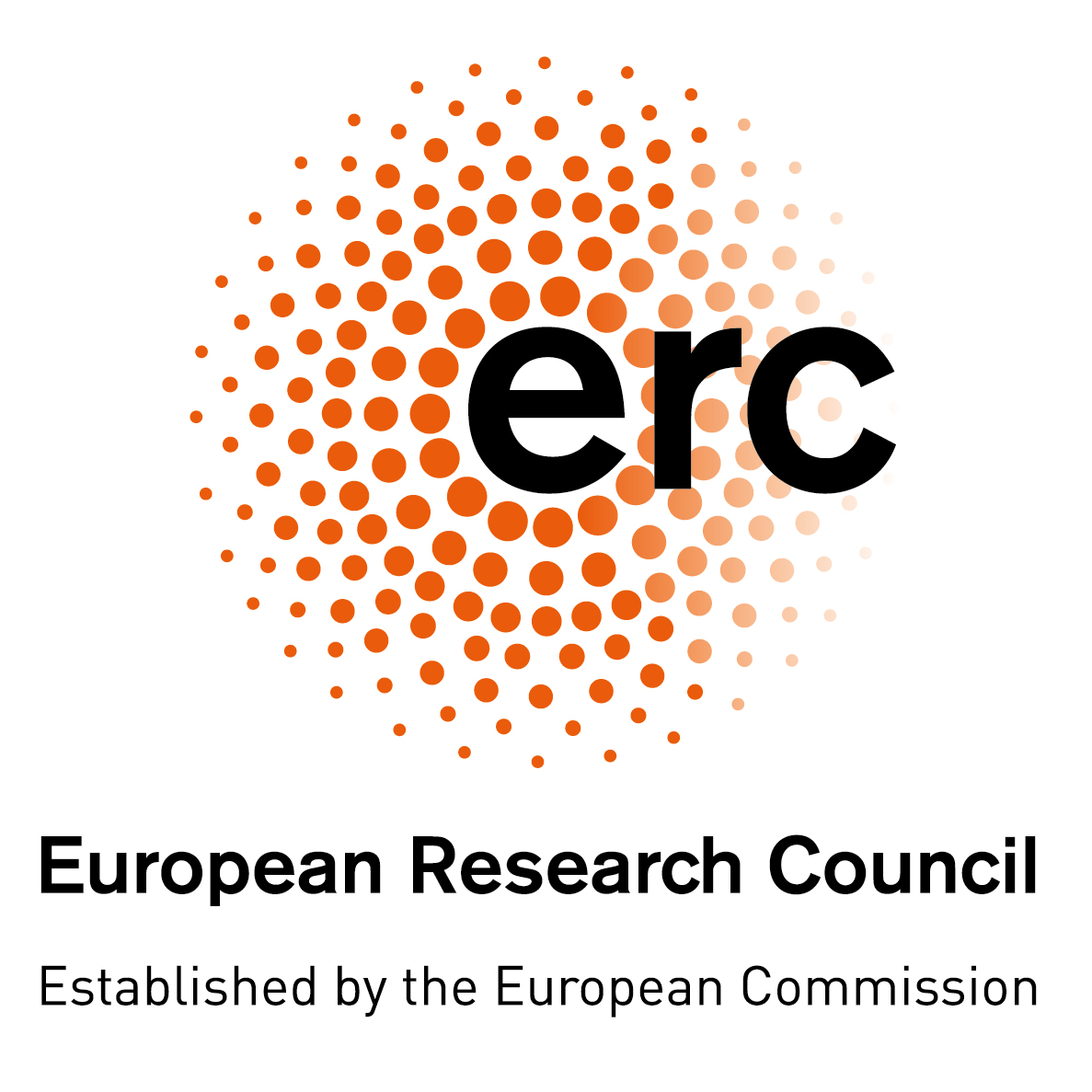

-
Medical and health sciences
- Preventive medicine
Efficient assessment of multiple bio/chemical and electrophysiology biomarkers directly at the area of interest is an indisputable asset in the individualized healthcare. However, current implantable systems and bioelectronic technologies still face limitations in ultra-sensitive bio-sensing, address the electrical and chemical aspects fragmentally, and depend on complex setups and computationally heavy off-line processing. Conventional von Neumann architectures face limitations in efficiently handling the increasing sensor output data that can be mainly attributed to the physical separation between sensing, memory, and computing units.
Here the overall objective is to conceptualize a first-of-its-kind, miniaturized, and self-contained biosensing technology employing neuromorphic devices functioning as on-node sensors and processors (in-memory (bio)sensing and computing), in soft, flexible and bio-compatible materials and format. I will demonstrate this technology showcasing, in an in vivo animal model, a proof-of-concept implantable bio-interface that intelligently interrogates and classifies neurodegenerative disease-related bio/chemical and electrical biomarkers, coupled with active elements enabling precise adjustment of stimulation control parameters based on analog inputs. This technology holds great potential to advance our understanding and treatments of pathologies through multiplex electrical and chemical monitoring reducing the demands for power-intensive analog-to-digital conversion and computational processing. Furthermore, it paves the way for tailored interventions, laying the foundation for next-generation biomedical modulation systems.